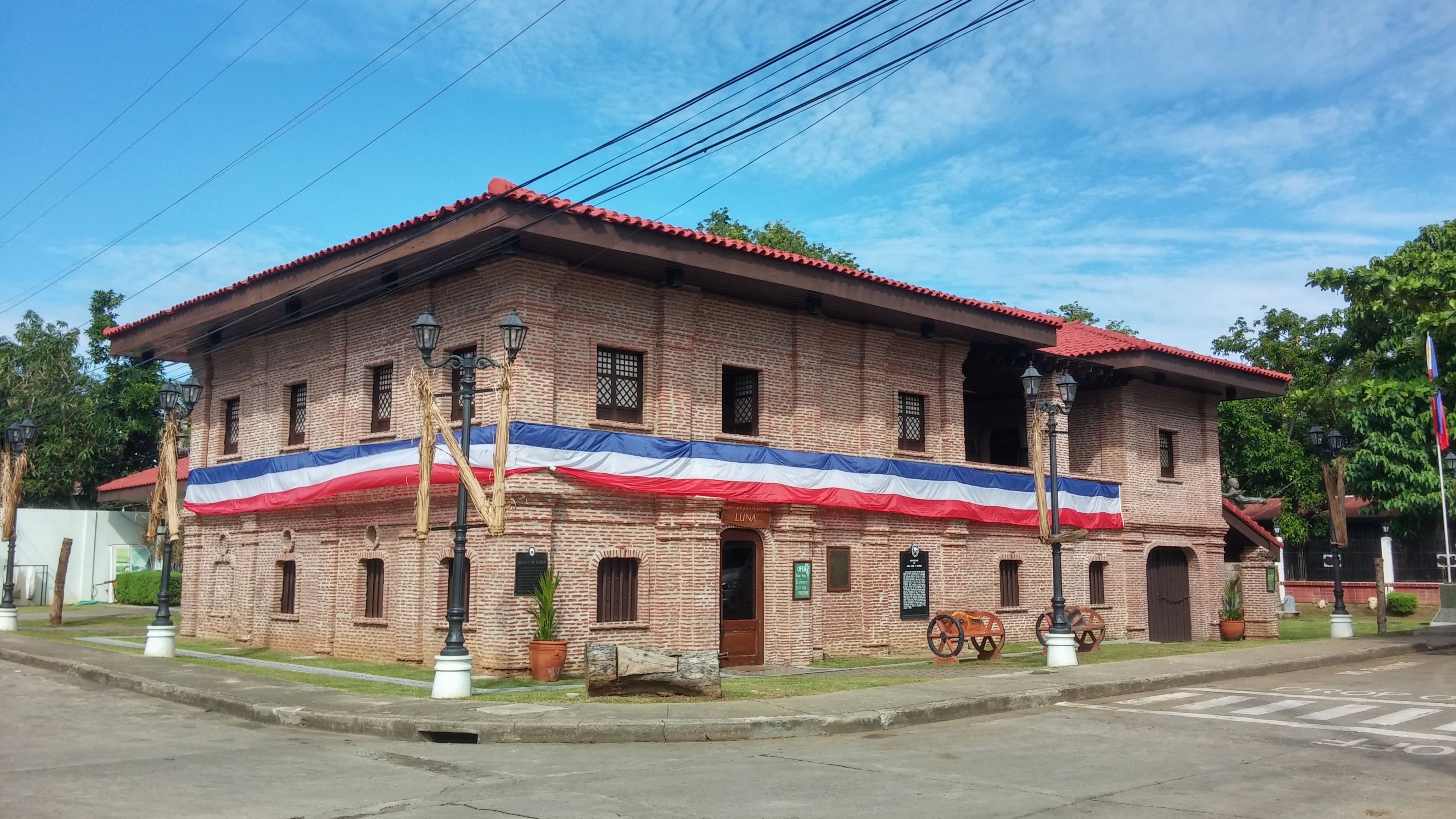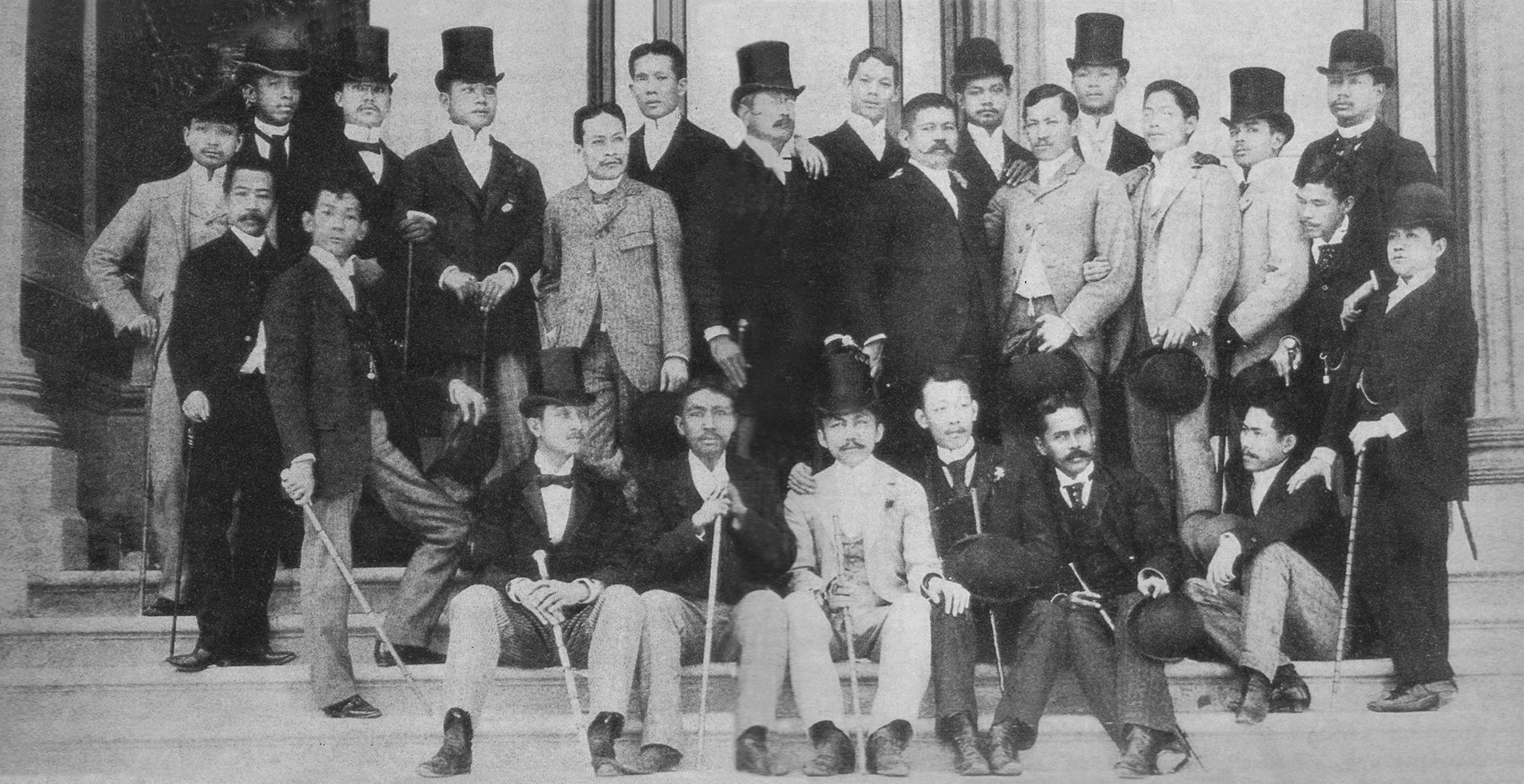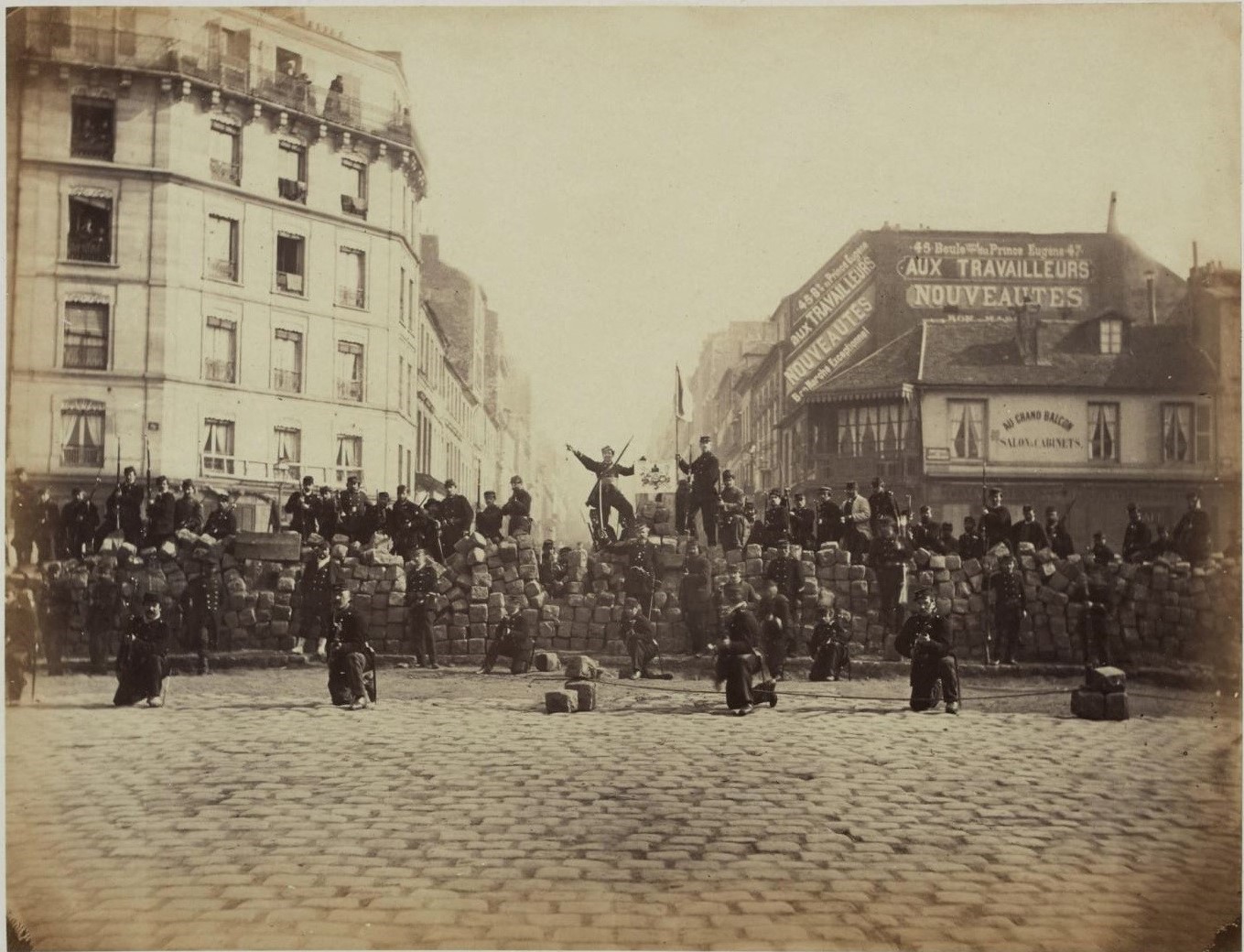|
Juan Luna
Juan Luna de San Pedro y Novicio Ancheta (, ; October 23, 1857 – December 7, 1899) was a Filipino painter, sculptor and a political activist of the Philippine Revolution during the late 19th century. He became one of the first recognized Philippine artists. His winning the gold medal in the 1884 Madrid Exposition of Fine Arts, along with the silver win of fellow Filipino painter Félix Resurrección Hidalgo, prompted a celebration which was a major highlight in the memoirs of members of the Propaganda Movement, with the fellow '' Ilustrados'' toasting to the two painters' good health and to the brotherhood between Spain and the Philippines. Regarded for work done in the manner of European academies of his time, Luna painted literary and historical scenes, some with an underscore of political commentary. His allegorical works were inspired with classical balance, and often showed figures in theatrical poses. Biography Early life Born in the town of Badoc, Ilocos N ... [...More Info...] [...Related Items...] OR: [Wikipedia] [Google] [Baidu] |
The Blood Compact
''The Blood Compact'' (Spanish: ''El Pacto de Sangre'') is an 1886 “historic and historical'"The Blood Compact" by Juan Luna from Juan Luna Selected Paintings from the Bank of the Philippine Islands Collection, ayalamuseum.orgOcampo, Ambeth "The Blood Compact" by Juan Luna from Juan Luna's Works, Looking Back, Inquirer Opinion/Columns, Inquirer, opinion.inquirer.net, October 24, 2007 painting by [...More Info...] [...Related Items...] OR: [Wikipedia] [Google] [Baidu] |
Badoc
Badoc, officially the Municipality of Badoc ( ilo, Ili ti Badoc; tl, Bayan ng Badoc), is a 3rd class municipality in the province of Ilocos Norte, Philippines. According to the 2020 census, it has a population of 32,530 people. It is the birthplace of Filipino painter, Juan Luna. The tourist spots in this town are Luna Shrine, Luna Park, Badoc Island, Badoc Church and La Virgin Milagrosa Shrine and beautiful beaches. Geography Badoc is from Metro Manila and from Laoag City, the provincial capital. Barangays Badoc is politically subdivided into 31 barangays. These barangays are headed by elected officials: Barangay Captain, Barangay Council, whose members are called Barangay Councilors. All are elected every three years. Climate Demographics In the 2020 census, the population of Badoc was 32,530 people, with a density of . Economy Places of interest La Virgen Milagrosa Badoc houses the Sanctuary of the Miraculous Statue of the Blessed Virgin Mary, the La V ... [...More Info...] [...Related Items...] OR: [Wikipedia] [Google] [Baidu] |
Museo Del Prado
The Prado Museum ( ; ), officially known as Museo Nacional del Prado, is the main Spanish national art museum, located in central Madrid. It is widely considered to house one of the world's finest collections of European art, dating from the 12th century to the early 20th century, based on the former Spanish royal collection, and the single best collection of Spanish art. Founded as a museum of paintings and sculpture in 1819, it also contains important collections of other types of works. The Prado Museum is one of the most visited sites in the world, and is considered one of the greatest art museums in the world. The numerous works by Francisco Goya, the single most extensively represented artist, as well as by Hieronymus Bosch, El Greco, Peter Paul Rubens, Titian, and Diego Velázquez, are some of the highlights of the collection. Velázquez and his keen eye and sensibility were also responsible for bringing much of the museum's fine collection of Italian masters to S ... [...More Info...] [...Related Items...] OR: [Wikipedia] [Google] [Baidu] |
Ilustrado
The Ilustrados (, "erudite", "learned" or "enlightened ones") constituted the Filipino educated class during the Spanish colonial period in the late 19th century. Elsewhere in New Spain (of which the Philippines were part), the term ''gente de razón'' carried a similar meaning. They were middle class Filipinos, many of whom were educated in Spain and exposed to Spanish liberal and European nationalist ideals. The ''Ilustrado'' class was composed of native-born intellectuals and cut across ethnolinguistic and racial lines—'' Indios'', '' Insulares'' and ''Mestizos'', among others—and sought reform through "a more equitable arrangement of both political and economic power" under Spanish tutelage. Stanley Karnow, in his '' In Our Image: America's Empire in the Philippines'', referred to the ''Ilustrados'' as the "rich Intelligentsia" because many were the children of wealthy landowners. They were key figures in the development of Filipino nationalism. [...More Info...] [...Related Items...] OR: [Wikipedia] [Google] [Baidu] |
Propaganda Movement
The Propaganda Movement encompassed the activities of a group of Filipinos who called for political reforms in their land in the late 19th century, and produced books, leaflets, and newspaper articles to educate others about their goals and issues they were trying to solve. They were active approximately from 1880 to 1898, and especially between 1880 and 1895, before the Philippine Revolution began. Prominent members included José Rizal, author of novels '' Noli Me Tángere'' and '' El filibusterismo'', and essays; Graciano López Jaena, publisher of ''La Solidaridad'', the movement's principal organ; Mariano Ponce, the organization's secretary, and Marcelo H. del Pilar. Specifically, the Propagandists aims were the following: * Reinstate the former representation of the Philippines in the Cortes Generales or Spanish Parliament * Secularize the clergy (i.e. use secular or diocesan priest rather than clergy from a religious order) * Legalize Spanish and Filipino equality * ... [...More Info...] [...Related Items...] OR: [Wikipedia] [Google] [Baidu] |
Félix Resurrección Hidalgo
Félix Resurrección Hidalgo y Padilla (February 21, 1855 – March 13, 1913) was a Filipino artist. He is acknowledged as one of the greatest Filipino painters of the late 19th century, and is significant in Philippine history for having been an acquaintance and inspiration for members of the Philippine reform movement which included José Rizal, Marcelo del Pilar, Mariano Ponce, and Graciano López Jaena, although he neither involved himself directly in that movement, nor later associate himself with the First Philippine Republic under Emilio Aguinaldo. His winning the silver medal in the 1884 Madrid Exposition of Fine Arts, along with the gold win of fellow Filipino painter Juan Luna, prompted a celebration which was a major highlight in the memoirs of members of the Philippine reform movement, with Rizal toasting to the two painters' good health and citing their win as evidence that Filipinos and Spaniards were equals. Early life and education Hidalgo was born in Binond ... [...More Info...] [...Related Items...] OR: [Wikipedia] [Google] [Baidu] |
Activism
Activism (or Advocacy) consists of efforts to promote, impede, direct or intervene in social, political, economic or environmental reform with the desire to make changes in society toward a perceived greater good. Forms of activism range from mandate building in a community (including writing letters to newspapers), petitioning elected officials, running or contributing to a political campaign, preferential patronage (or boycott) of businesses, and demonstrative forms of activism like rallies, street marches, strikes, sit-ins, or hunger strikes. Activism may be performed on a day-to-day basis in a wide variety of ways, including through the creation of art ( artivism), computer hacking ( hacktivism), or simply in how one chooses to spend their money ( economic activism). For example, the refusal to buy clothes or other merchandise from a company as a protest against the exploitation of workers by that company could be considered an expression of activism. However, the mo ... [...More Info...] [...Related Items...] OR: [Wikipedia] [Google] [Baidu] |
Filipino People
Filipinos ( tl, Mga Pilipino) are the people who are citizens of or native to the Philippines. The majority of Filipinos today come from various Austronesian ethnolinguistic groups, all typically speaking either Filipino, English and/or other Philippine languages. Currently, there are more than 185 ethnolinguistic groups in the Philippines; each with its own language, identity, culture and history. Names The name ''Filipino'', as a demonym, was derived from the term ''Las Islas Filipinas'' ("the Philippine Islands"), the name given to the archipelago in 1543 by the Spanish explorer and Dominican priest Ruy López de Villalobos, in honor of Philip II of Spain (Spanish: ''Felipe II''). During the Spanish colonial period, natives of the Philippine islands were usually known by the generic terms ''indio'' ("Indian") or ''indigenta'' ("indigents"). However, during the early Spanish colonial period the term ''Filipinos'' or ''Philipinos'' was sometimes used by Spanish writers ... [...More Info...] [...Related Items...] OR: [Wikipedia] [Google] [Baidu] |
Paz Pardo De Tavera
Maria de la Paz Pardo de Tavera y Gorricho (died 3 or 6 October 1892) was a Philippine mestiza and wife of Filipino painter Juan Luna. Though born in the Philippines, she and her family moved to Paris some time after her father Félix's death in 1864. She had two children with Luna: Andrés and María de la Paz, though the latter died when she was three years old. On 22 September 1892, after being accused of adultery, de Tavera was shot by Luna in their atelier An atelier () is the private workshop or studio of a professional artist in the fine or decorative arts or an architect, where a principal master and a number of assistants, students, and apprentices can work together producing fine art or ... in alongside her mother Juliana Gorricho and her brother Félix, with the latter surviving the incident. De Tavera died from her gunshot wounds eleven days after the said incident, in a hospital. Notes References External link {{Authority control 1860s births 189 ... [...More Info...] [...Related Items...] OR: [Wikipedia] [Google] [Baidu] |
Government Service Insurance System
The Government Service Insurance System ( fil, Paseguruhan ng mga Naglilingkod sa Pamahalaan, abbreviated as GSIS) is a government-owned and controlled corporation (GOCC) of the Philippines. Created by Commonwealth Act No. 186 and Republic Act No. 8291 (GSIS Act of 1997), GSIS is a social insurance institution that provides a defined benefit scheme under the law. It insures its members against the occurrence of certain contingencies in exchange for their monthly premium contributions. GSIS members are entitled to an array of social security benefits, such as life insurance benefits, separation or retirement benefits, and disability benefits. GSIS is also the administrator of the General Insurance Fund by virtue of RA 656 (Property Insurance Law). It provides insurance coverage to government assets and properties that have government insurable interests. It is not possible for non-government employees, self-employed or non-working persons to become members of the GSIS. Instead ... [...More Info...] [...Related Items...] OR: [Wikipedia] [Google] [Baidu] |







